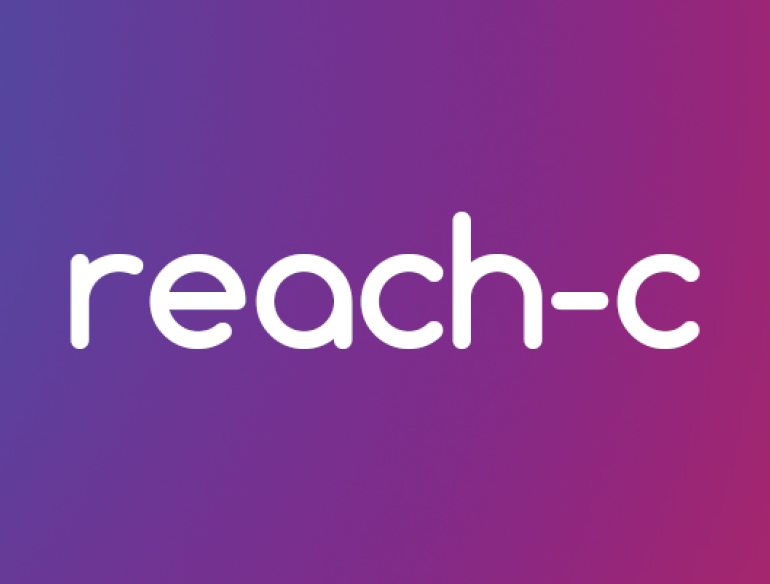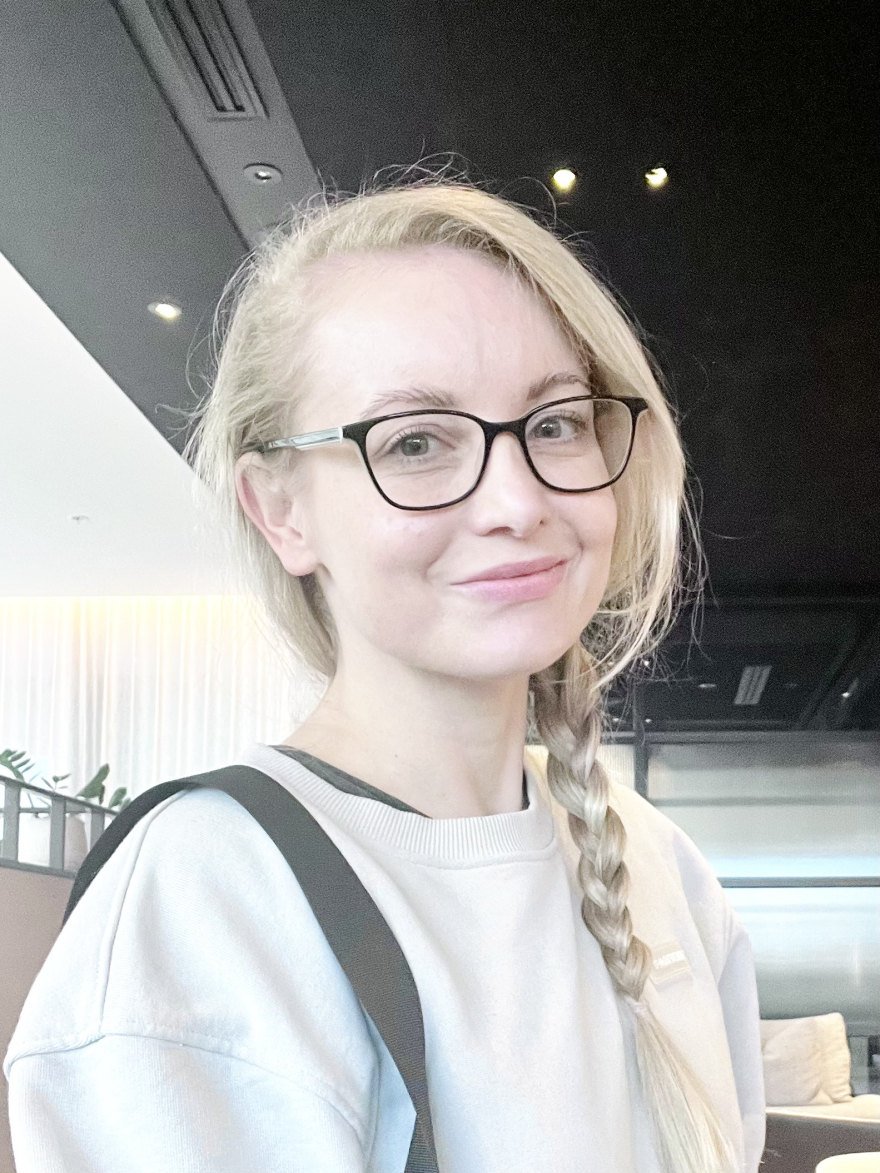Key findings
- The REACH-C project comprises a national network of diverse clinical services. Within the network, 4223 individuals initiated direct acting antiviral (DAA) treatment for chronic hepatitis C virus (HCV) infection between March 2016 and December 2017.
- Of these individuals, 69% were men, 57% were ≥50 years old and 22% had cirrhosis. The majority of individuals (79%) had not received prior HCV therapy.
- The most commonly prescribed regimen was sofosbuvir/ledipasvir (48%), followed by sofosbuvir/daclatasvir (37%) and sofosbuvir/velpatasvir (7%). Of individuals expected to reach 12 weeks post-treatment (SVR12) by 31 March 2018, treatment outcomes were unknown in 16%.
- In 3,805 individuals with known treatment outcomes, 96% achieved SVR12. SVR12 rates were high across all treatment settings and baseline characteristics, with a slight reduction in those with cirrhosis vs no cirrhosis (92% vs 97%) and in treatment-experienced individuals vs treatment-naïve (92% vs 97%).
- People who injected drugs and received opioid substitution therapy were more likely to have a missing SVR12 outcome (26%) than individuals who did neither (11%). Forty individuals treated between March 2016 and December 2017 were subsequently retreated, most commonly with sofosbuvir/velpatasvir (38%) and sofosbuvir/daclatasvir (23%).

